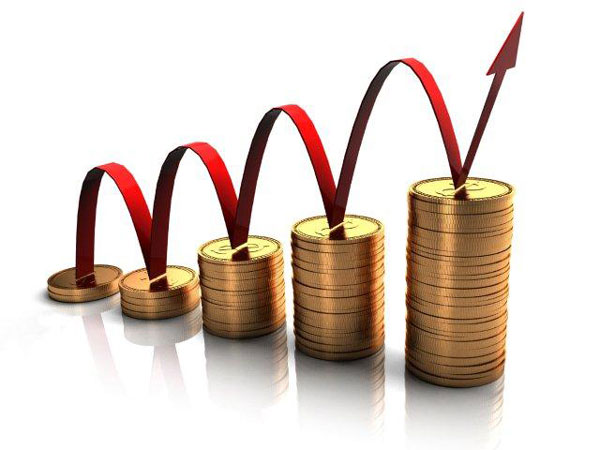First-time Buyer
Two-year fixed rate mortgages hit highest level for 15 years

The average two-year fixed residential mortgage rate has reached a beastly 6.66% which is the highest level since the global financial crisis 15 years ago, figures have shown.
According to the latest Moneyfacts figures, on a first of month basis, the last time average two-year fixed rates were higher than this was in August 2008 when the average two-year fix was 6.94%.
The report continued that the average five-year fixed residential mortgage rate today is 6.17%. This has risen from an average rate of 6.13% on the previous working day.
Moneyfacts added that there are 4,344 residential mortgage products available on the market, which is down from 4,631 on the previous working day.
Moneyfacts continued that the average two-year buy-to-let residential mortgage rate is 6.83%. This is up from an average rate of 6.81% on the previous working day.
The average five-year buy-to-let residential mortgage rate is 6.62%. This is an increase from 6.60% on the previous working day.
There are currently 2,253 buy-to-let mortgage products on the market, an increase from 2,252 on the previous working day.
Moneyfacts said that the average two-year tracker rate is 5.97%, which is in line with yesterday’s figures.
The average standard variable rate is 7.67%.
High mortgage rates will ‘create sleepless nights’ for homeowners
Jamie Lennox, director at Dimora Mortgages, said that with average rates reaching this level it “will no doubt create many sleepless nights for homeowners across the country that are having to face the prospect of needing to remortgage soon”.
“The real concern is each day the outlook worsens and there is no light at the end of the tunnel in sight. The sad reality is not even the mortgage charter will save many from the inevitability of losing their home later down the line and real question marks remain over whether enough has been done,” he added.
Lewis Shaw, founder and mortgage expert at Shaw Financial Services, said: “In many cases, we’re seeing mortgage payments increase by an average of 50%, where people are exiting rates of 2% and below.
“We’ll likely see an increase in forced sales as people look to downsize. However, the problem then arises that a flood of property coming to the market while buyer demand slumps can only lead to house prices reducing.”
Myron Jobson, senior personal finance analyst, interactive investor, was equally gloomy about the figures and the prospects for borrowers, particularly first-time buyers.
He said: “Rising mortgage costs have laid waste to the finely tuned budgets of those reaching for the first rung of the property ladder as well as those looking to climb higher.
“Many of the current generation of first-time buyers haven’t seen the current high mortgage rate levels in their adult life. The sudden surge in the cost of home loans is a jarring and abrupt shift from the era of low mortgage rates spanning almost 15 years from the financial crash. The burden upon buyers’ financial shoulders is exacerbated, as their hard-earned funds are stretched thin to meet the escalating mortgage obligations.
“For those who already have their foot in the door of homeownership with an existing fixed rate mortgage deal, those manageable monthly mortgage payments transform into towering behemoths once the fixed rate period comes to an end, demanding a larger chunk of hard-earned income. Rising mortgage rates cast a dark shadow over their refinancing plans.”